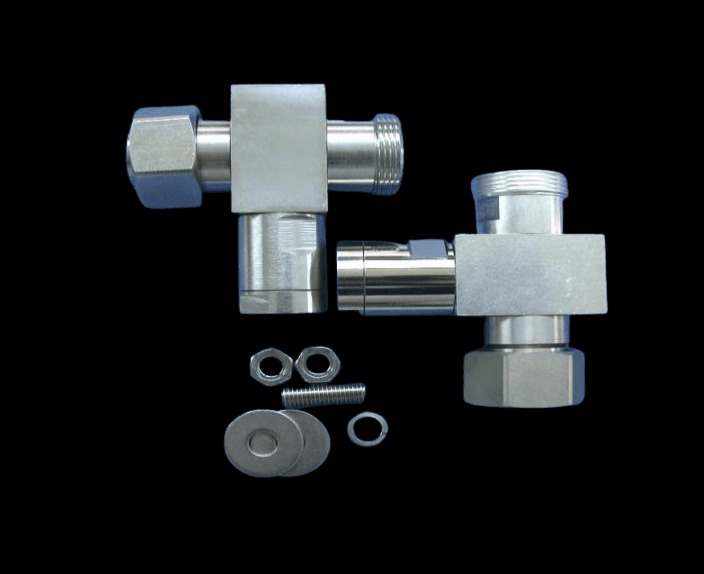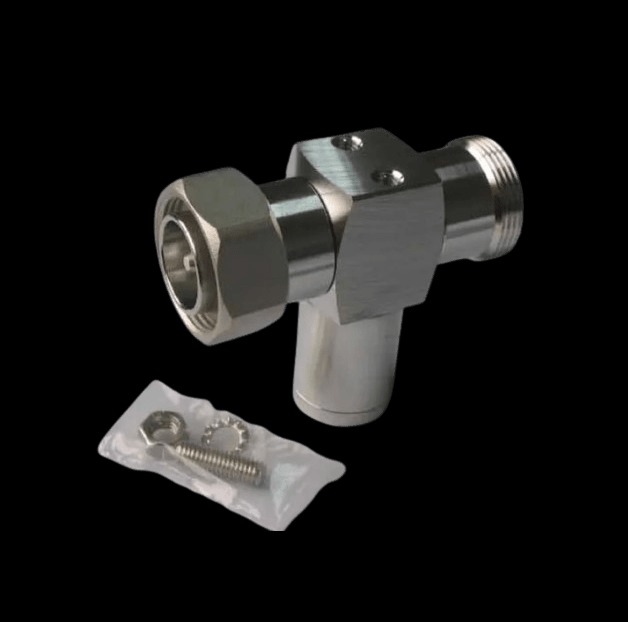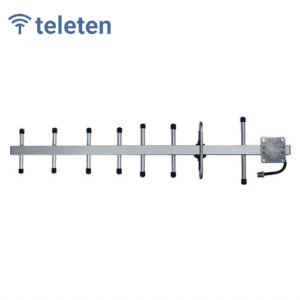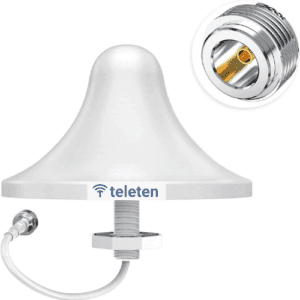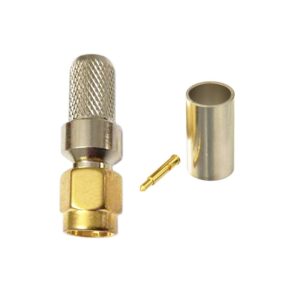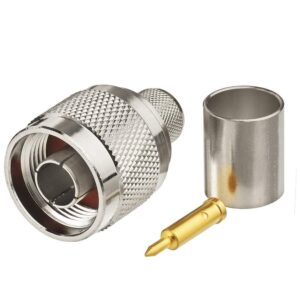Specifications
- Connector Types:
- DIN Male (DIN M): The connector that plugs into the DIN female connector.
- DIN Female (DIN F): The connector that receives the DIN male connector.
- Frequency Range:
- Typical Range: Designed to work with a range of frequencies depending on the specific application. Commonly supports frequencies up to several GHz, though the exact range should be verified with the manufacturer.
- Surge Protection:
- Protection Type: Includes components such as gas discharge tubes, metal oxide varistors (MOVs), or transient voltage suppressor (TVS) diodes to absorb and dissipate surge energy.
- Protection Rating: The ability to handle specific surge voltages and energy levels, often measured in volts (V) and joules (J). Check the datasheet for exact ratings.
- Insertion Loss:
- Low Insertion Loss: Designed to minimize signal loss while providing surge protection. Typically, insertion loss values are kept very low to ensure minimal impact on signal quality.
- VSWR (Voltage Standing Wave Ratio):
- Low VSWR: Ensures minimal reflection and signal distortion, maintaining signal integrity. Typical VSWR values should be as low as possible, often less than 1.3:1.
- Impedance:
- 50 Ohms or 75 Ohms: Ensure compatibility with the impedance of the connected equipment. The most common impedances for DIN connectors are 50 ohms or 75 ohms.
- Construction:
- Housing: Made from durable materials like metal or high-impact plastic, designed to withstand environmental conditions and mechanical stress.
- Mounting: Typically designed to be mounted inline between connectors or on a panel.
Applications
- Telecommunications: Protects equipment in telecommunication systems from electrical surges.
- Broadcasting: Used in broadcasting facilities to safeguard sensitive RF equipment.
- Data Communication: Ensures the protection of data communication systems from surges.
- Industrial and Commercial: Protects equipment in various industrial and commercial settings where DIN connectors are used.
Performance Characteristics
- Durability: Designed to withstand high energy surges and provide reliable protection over time.
- Signal Integrity: Minimizes impact on signal quality and maintains the performance of connected equipment.
- Reliability: Provides consistent protection against electrical disturbances.
Considerations
- Connector Compatibility: Ensure that the surge arrestor is compatible with the specific DIN connectors used in your application.
- Surge Protection Rating: Verify that the surge arrestor meets the required protection levels for your equipment and installation environment.
- Frequency and Impedance: Confirm that the surge arrestor supports the required frequency range and impedance for your application.

